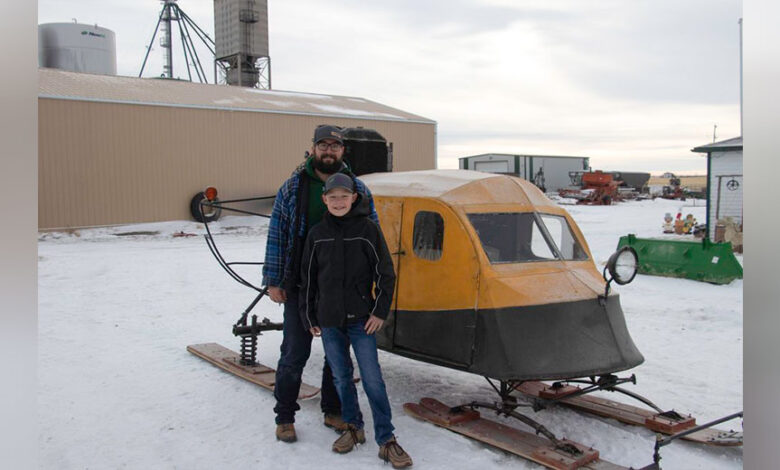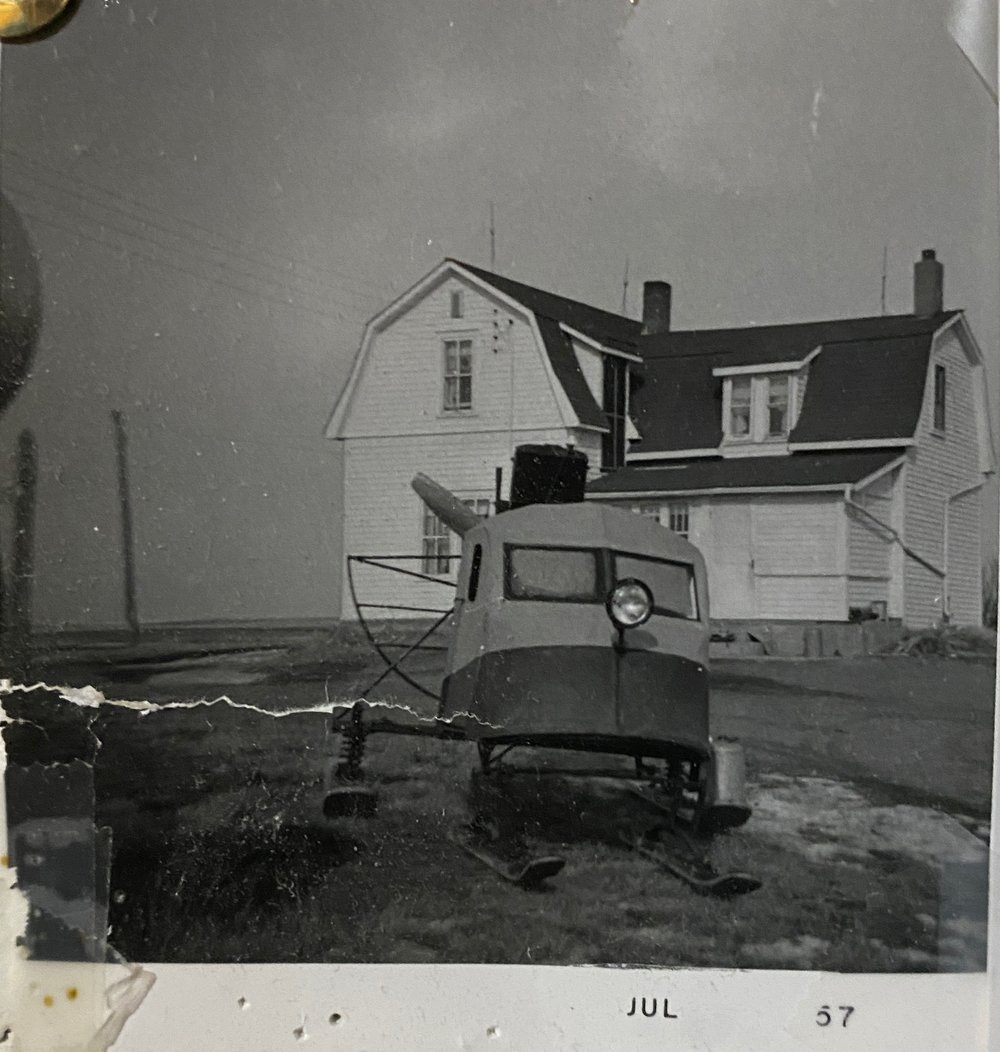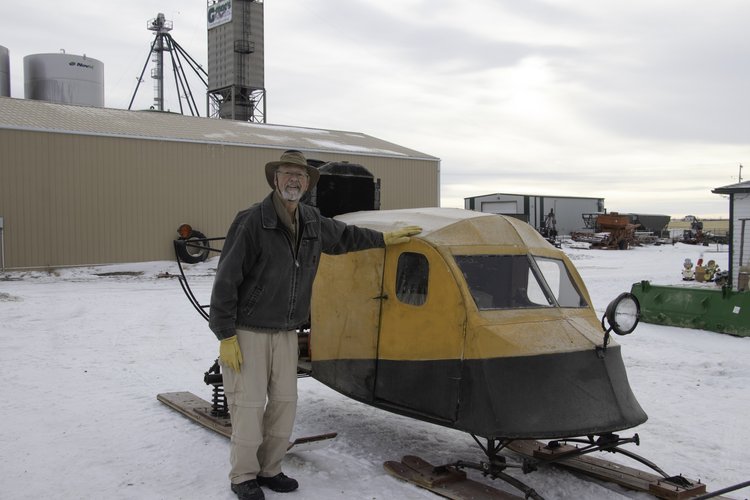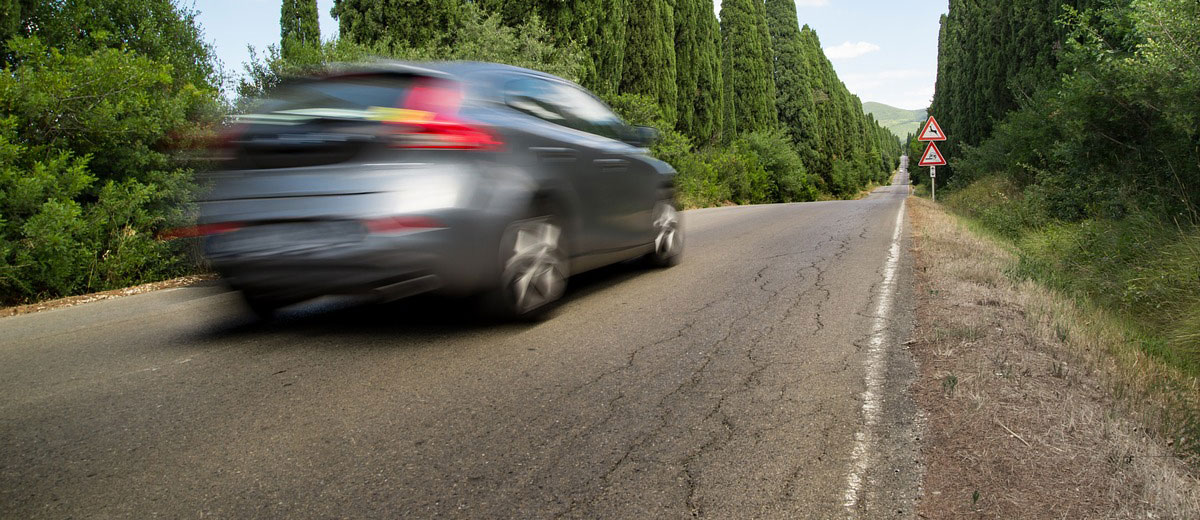
Prairie Innovation-Snow Planes
By Jenny Hagan
Huge piles of snow, bitter cold and winds that can tear through sturdy buildings. The climate here in Saskatchewan can be unforgiving at times, especially in the winter months. For people living in the prairies, we are no stranger to this and have a way of figuring out how to live comfortably in our climate using some inventive thinking. This was especially the case back before the modern luxuries we enjoy today, like heated seats and command start for our vehicles.
One invention to come out of our Prairie winters was something called the snow plane. Two of North America’s biggest snow plane manufactures came from Saskatchewan, and it was patented right here in the province. Fudge snow plane from Moosomin in 1929, and the Lorch snow plane from Spy Hill in 1935. They were widely used across the Canadian Prairies, northern United States and even Soviet Russia. Both are on display at the Western Development Museum in Moose Jaw.
Don’t let the name plane fool you, this machine has no wings and does not fly. It’s more akin to a snow hovercraft than a plane. An enclosed body on skis with a rear mount engine boasting a plane propeller to push you on your merry way across the snow packed prairies. It became an essential part of prairie winters, starting in the 1930s and 40s, as an alternative to Horse drawn cutter sleighs. There weren’t many cars or trucks in those days, fewer roads, and even fewer snow-plowed roads. Snow planes offered up a way for doctors to make cross-country house calls, including baby deliveries, as well as getting RCMP and utility companies around the heavy snowfall on the prairies.
Later they became more widely used as farmers who could afford them bought one or built their own. There are probably as many, if not more snow planes built on farms and backyard shops, than manufacturing plants. People used vehicle engines, plane parts, and sleigh parts to build these machines, some of which could go as fast as 80km/h or more. These machines were not heated, and most did not have brakes or seatbelts. The body or shell was usually made with Canvas or wood to keep the wind out. The possible danger factor did not stop piles of kids clamouring in to get to school, or families heading in for supply runs, or leisure rides.
Hearing about the arrival of one of these machines at the Kindersley & District Plains Museum, I jumped at the chance to see it first-hand one of these home-built contraptions for myself. The Connor family from the Smiley area donated their home-built snow plane to be put on display, and it arrived on site November 24th.
This snow plane was built by Wilf Connor and his brother-in-Law Ken Clark on Ken’s farm. Both had previous versions of snow planes, but they decided to build their own and “get it right this time” Talking with Floyd Connor son of Wilf he remembers how Rural snow plows of the day could not tackle the sometime 15 foot snow drifts that would form across roadways along shelter belts. At this time horse drawn sleds were being phased out in the prairies and snow machines were not around yet. It was also at time when farming practices often left very little by way of stubble and weeds in the fields, to hold back the the blowing snow from the howling winds. Floyd remembers impressive winter storms that legends are made of. Without the snow planes, getting around could be near impossible in the prairie winters.
Wilf ushered many of the area’s kids to school in this machine and they would cram in with blankets to stay warm. What a leap that must have been, going from an open, horse-drawn sleigh to an enclosed cockpit with a giant propeller on the rear end. The memories shared by family bring a smile to your face. Floyd recounts how farmers needed something productive to do during the long winter months. His dad would come home smiling from working at the shop until the wondrous new black and yellow snow plane sat outside their house. Wilf would have the foot pedal pushed right to the floor and a little grin that showed just how pleased he was with his success. Trudy recounts how her mother Ruth was maybe less impressed at times especially when she had gotten baby Trudy successfully down for a nap and the loud snow plane would go ripping by the window, thwarting her efforts. The snow plane itself has fond memories and a bonding experience for the family. As Trudy tells it “When the drifts were like concrete, we were air-born sometimes. What a wild ride! And for brakes, you ask? Dad just stuck his foot out the door. Crazy! But so fun!”
After this machine had sat for quite a few years the family decided to get it up and running again. It arrived at its new home at Kindersley Museum fully functioning and when offered a ride, I couldn’t turn down the opportunity to experience what riding in one of these machines was really like. Floyd warned me, “it drives like lightning sounds like Thunder” which made the storm chaser in me giggle.
Started by whipping the propellor to fire up the engine, the wind storms the exhaust and propellor caused would knock your hat off, so you didn’t want to stand too close to its back end. Inside the canvas wrapped frame it was loud but surprisingly sheltered from the wind. Sitting in the worn seats ripping around the grounds of the museum connected me a bit to the many great memories this artifact holds, not just for the Connor family, but for many raised in the prairies during that time. After the rides were done, we warmed up with coffee with member of the museum board and was treated to an array of stories of snow planes and growing during that time. I could tell what a perfect addition this would be to the museum. The excitement of this donation was palpable in the room.
Snow planes were phased out in the 60s as better means like snow machines became common use instead, and plows became better equipped to handle the prairie winter roads cleared. I couldn’t help but wondering though while flying across the snow how much fun it would be to have one of these machines for covering our crazy winter storms here in the prairies now. But I think we will leave this prairie gem at that museum instead.











































